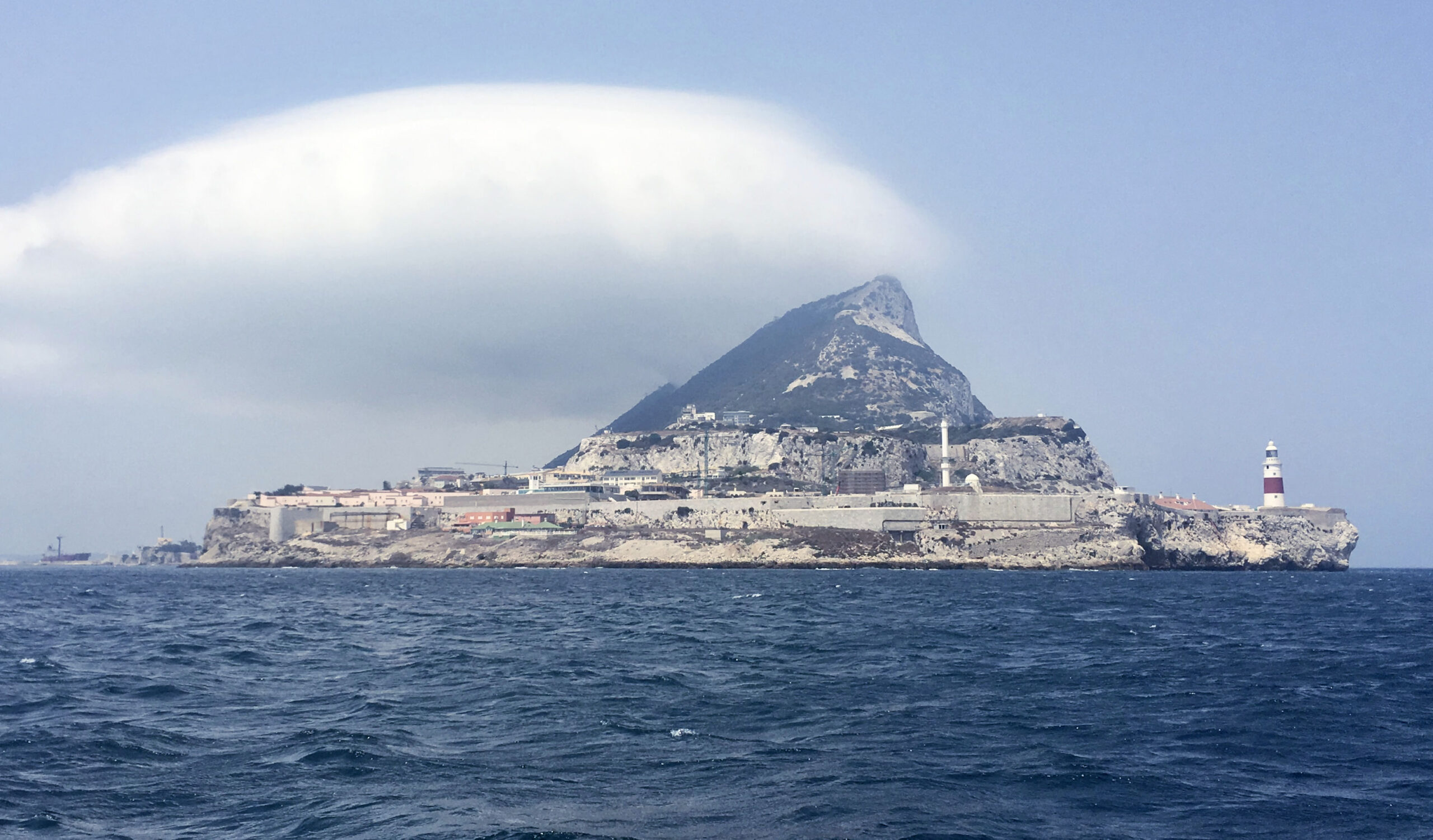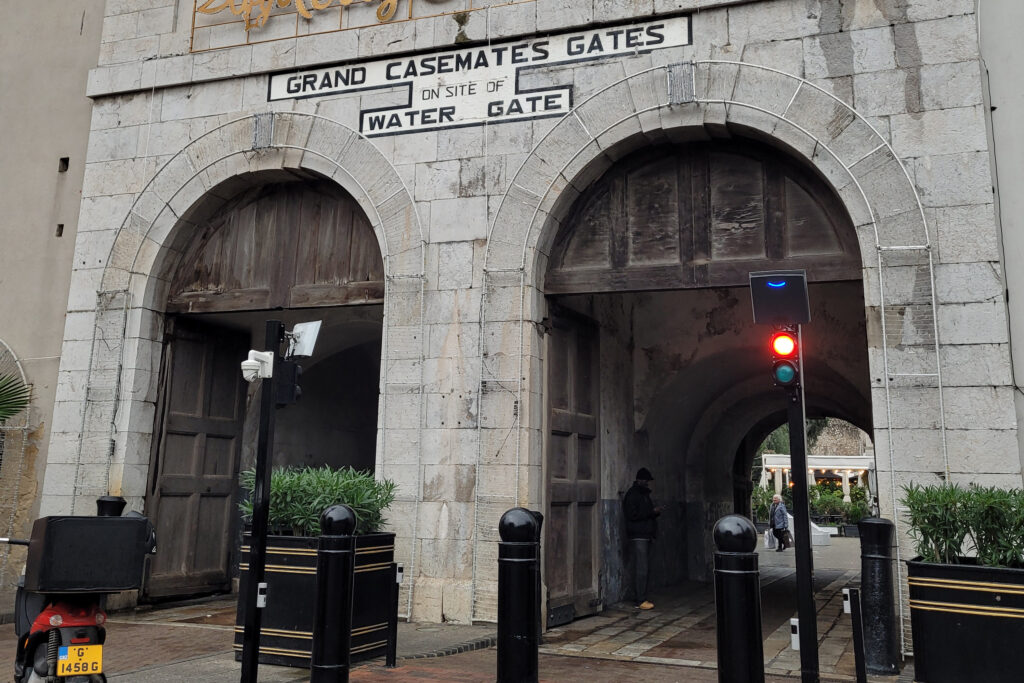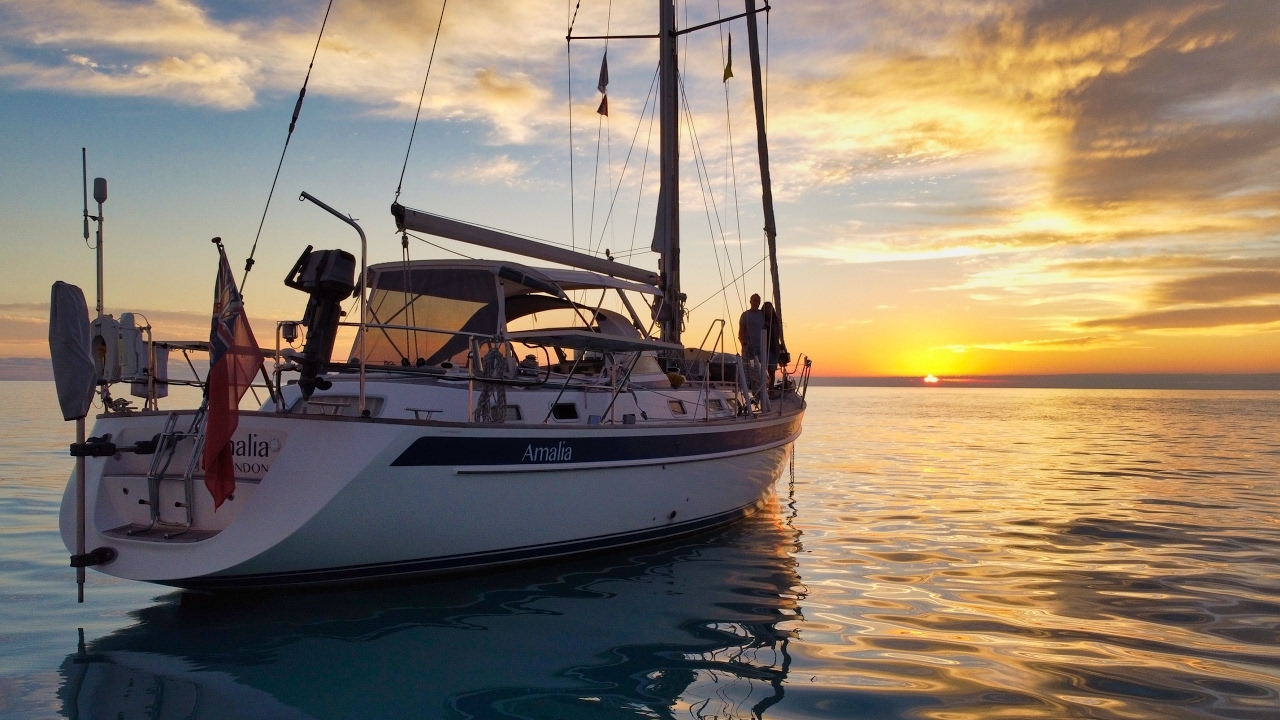Gibraltar might be a small peninsula, but it has a long and intriguing history. Situated near the entrance to the Mediterranean Sea, the land around the towering Rock has been inhabited by Neanderthals, conquered by the Moors of North Africa, ceded to the British and turned into a defensive stronghold supported by a network of rock hewn tunnels.
For many cruisers making their way in and out of the Med, Gibraltar is a natural stopping point. There are well established fuel docks, chandleries, excellent supermarkets and various marinas including Queensway Quay and Ocean Village. But more than that, there are places we’d recommend you check out during your visit, some of which are well off the beaten path.
1. The Northern Defences
Let’s start with what might be the most underrated place in Gibraltar: The Northern Defences. In the past the area was extremely overgrown, but was recently cleared out and now it is possible to explore the expansive complex of tunnels, bunkers and ruins. Some areas date back to the 1700’s when the British first took Gibraltar, while other sections were added during the two World Wars. To get to the entrance walk through the tunnel at the end of one of the roads at the end of the Moorish Castle estate. Expect to spend around 3-4 hours exploring, so make sure you wear a comfortable pair of shoes and take a torch.


2. Hike above the Northern Defences
If you enjoyed the Northern Defences, there’s another layer of tunnels above them to explore. Named the Lower Union Gallery, this smaller complex was part of the military communication line. To get there, walk along Prince’s Line to around 36.1447, -5.3504 and look for a fork in the road. Take the eastern path and follow it up. It only takes about 10-15 minutes to explore Lower Union Gallery so I’d recommend you spend some time looking around Prince’s Line while you’re there; you may even spot some World War era paintings inside some of the ruins.

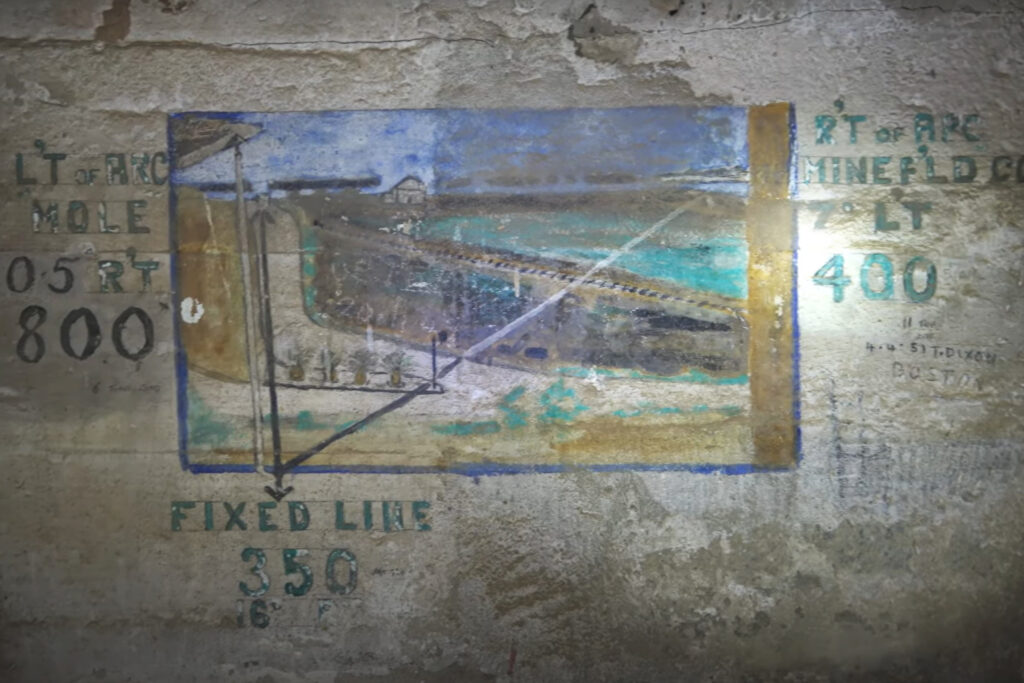
3. Upper Rock Nature Reserve
The Upper Rock Nature Reserve is located on the Rock of Gibraltar and encompasses many of the sites Gibraltar is famous for. There are a few entrances into the reserve but unless you take the cable car the climb is very steep so take plenty of water. There’s also an entry fee for non-residents during the reserve’s opening hours.
Inside the reserve you can climb the Mediterranean Steps, visit Saint Michael’s Cave or try to spot one of the many Barbary macaques that call Gibraltar home. There are plenty of historic military locations to visit, including O’Hara’s Battery, Princess Caroline’s Battery and the World War II Tunnel Tours exhibit. As you walk around you may go past the Windsor Suspension Bridge, Skywalk Gibraltar or Charles V Wall. For something a bit more off the beaten path I’d suggest you take a look around Spur Battery, Princess Anne Battery and the buildings on the eastern side of Douglas Path.

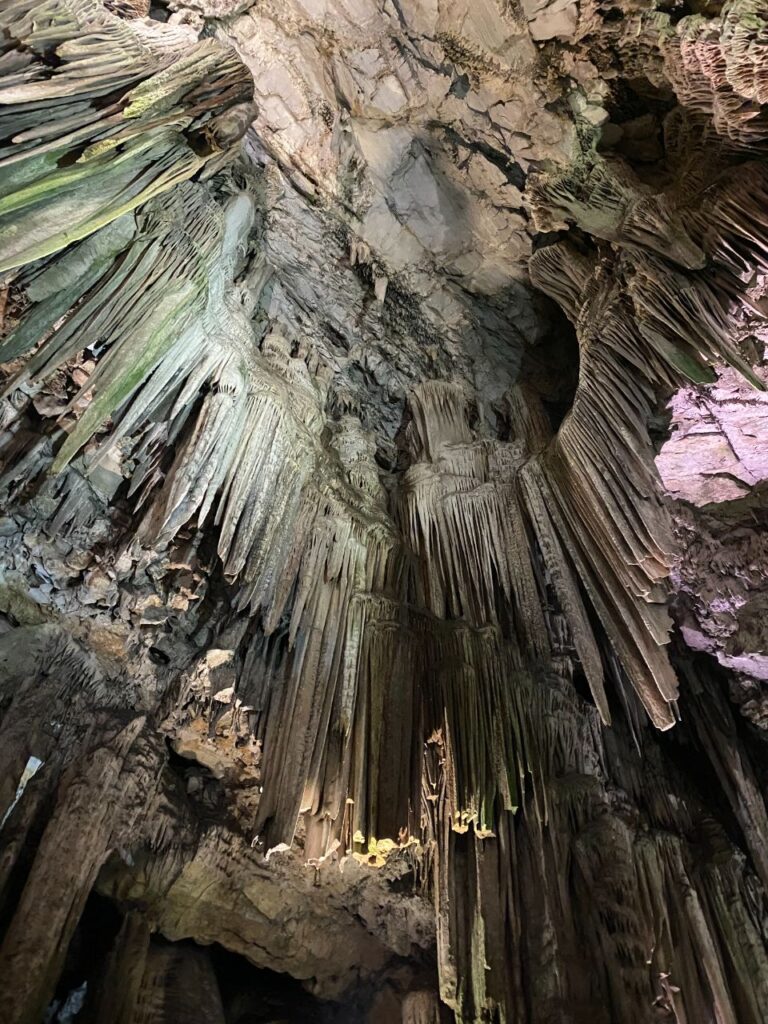

4. The Moorish Castle
Easily spotted on the side of the Rock of Gibraltar, the Moorish Castle is a historic fortification. In the early 14th century the original structure was largely destroyed by the Spanish, but was rebuilt by the Moors in 1333. It is possible to look inside the tower and walk along the battlements. Entry is via the ticket office on Willis’s Road, leading into the Upper Rock Nature Reserve.

5. Devils Gap
For a quick bit of World War history and an incredible view over Gibraltar head to Devil’s Gap Battery. Located outside the Upper Rock Nature Reserve, it is free to visit and still has its original 6 inch guns. One of these guns managed to hit and sink a German submarine during World War One. We used to take our dog for afternoon runs up there, going up Baca’s Passage and following the hiking track up to Green Lane.
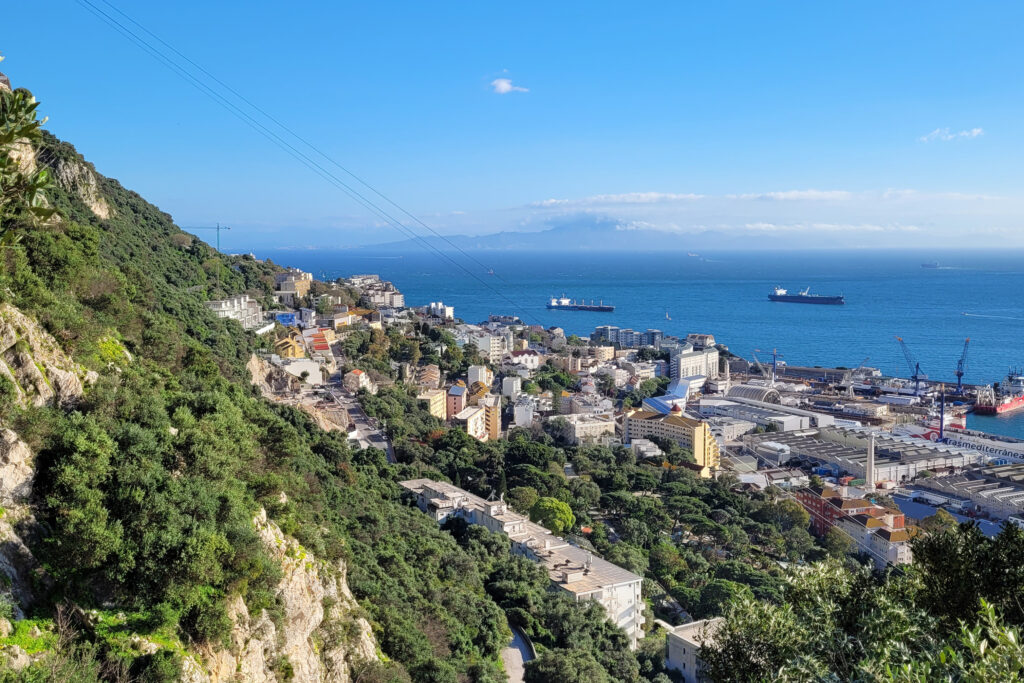
6. Talus Slope Nature Reserve
Talus Slope Nature Reserve is somewhere to go if you like urban exploring and heading far off the beaten track. Towards the back of the reserve there’s a lesser known entry into the Rock which leads to some World War II era infrastructure. If you decide to go, make sure you take a headlamp, jacket and avoid any tunnels or entrances that appear to be modern.
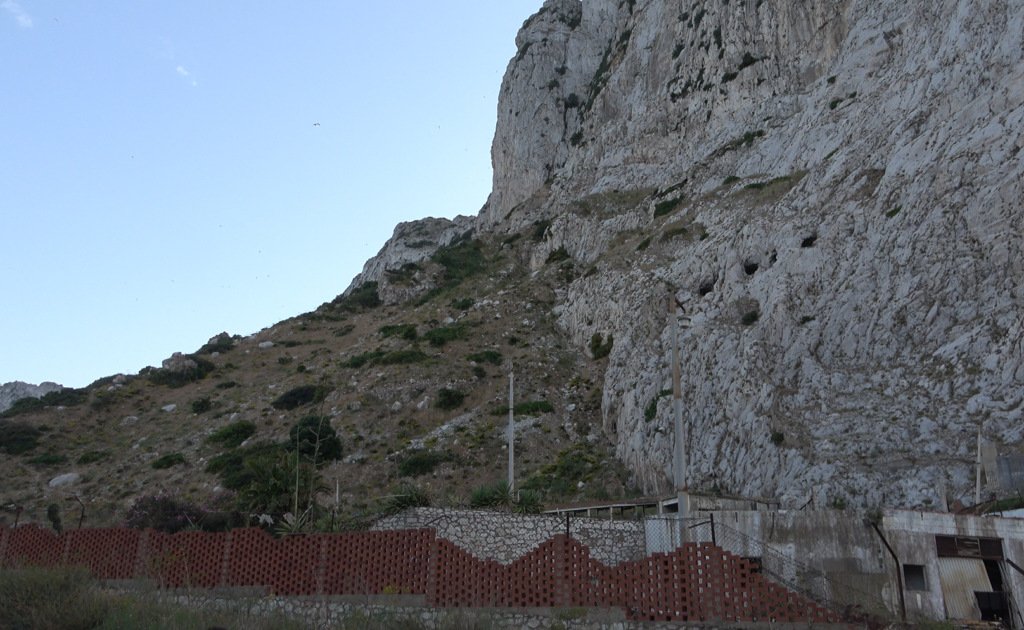

7. Europa Point
As a cruiser you likely would have seen the lighthouse and mosque at the end of Europa Point as you sailed in. The area is generally quite popular with tourists who come to see views of Morocco, the aforementioned buildings and Harding’s Battery. But there is more to this area than might be initially obvious. We noticed a huge World War II gun laying on the ground near some construction and a trail carved into the hillside above that led to spectacular views of the Mediterranean Sea.
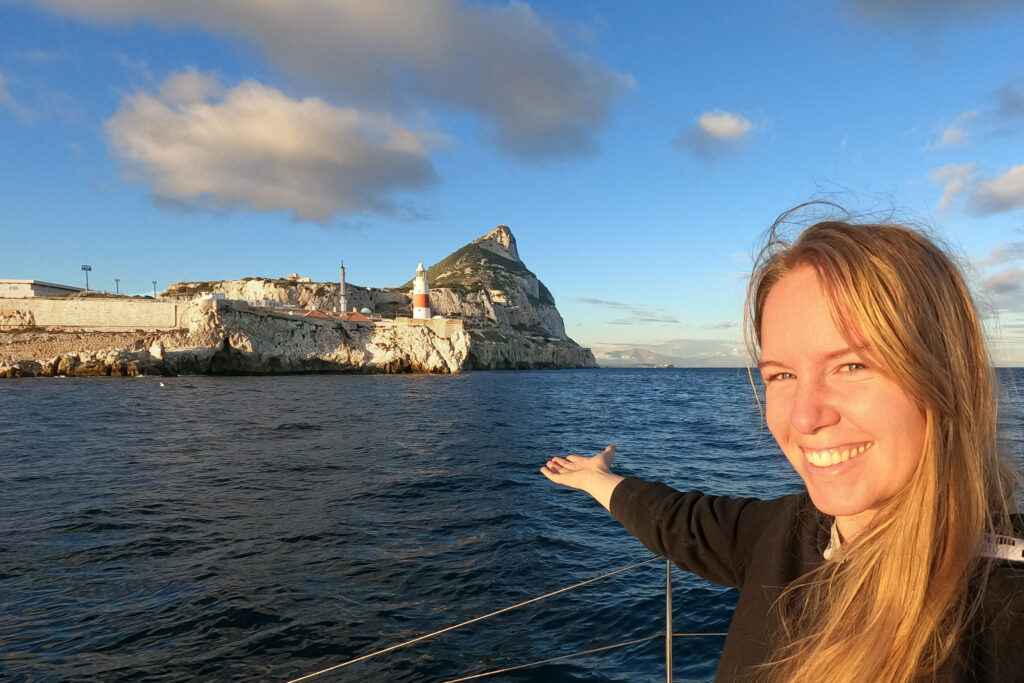
8. Rosia Bay
Along Camp Bay Road you will find access down to Rosia Bay. This small natural harbour was once used by visiting ships to safely anchor, including HMS Victory after the battle of Trafalgar. Today people come here to fish or go for a swim. It is also somewhere locals tend to take their dogs, as Camp Bay and Little Bay Beach are not dog friendly. Nearby are the 100 Ton Gun Napier of Magdala Battery and Pason’s Lodge, is also worth a visit.
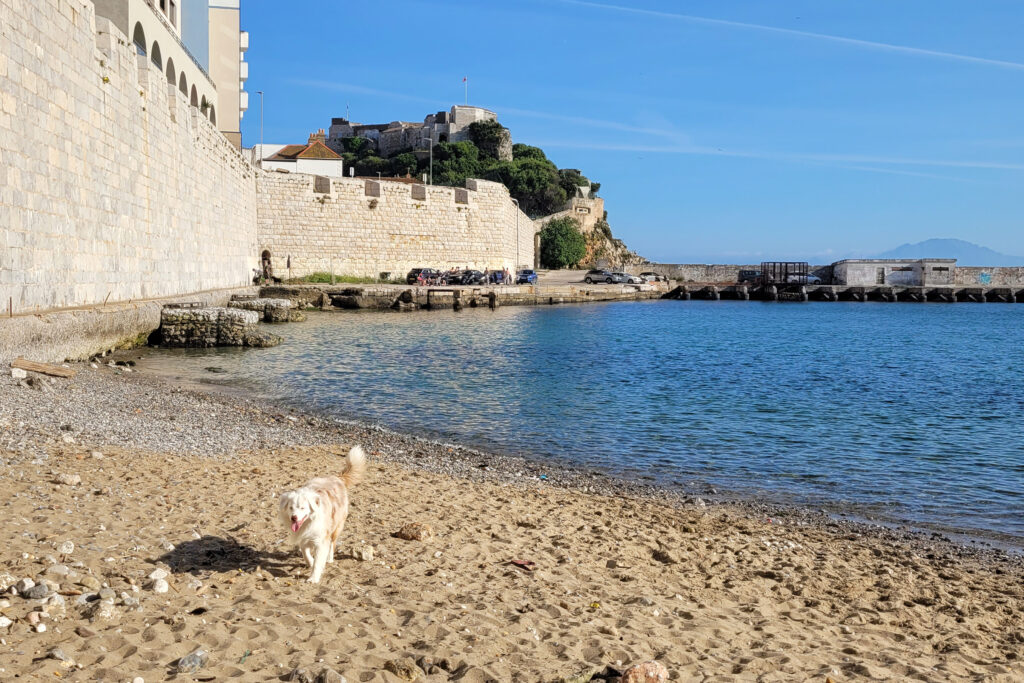
9. Gorham Cave Complex
If you sail towards Gibraltar from the east, you may notice a series of large caves at sea level which are likely to be part of a UNESCO World Heritage site called the Gorham Cave Complex. These ancient caves were once occupied by Neanderthals. Access is available with organised tours run by the staff of the Gibraltar National Museum.

10. The Pub
After a day exploring Gibraltar, it will be time put your feet up and have a pint at one of the peninsula’s many traditional English pubs. The Lord Nelson at Grand Casemates Square is a local institution, although I personally preferred the cider selection at All’s Well. Towards the southern end of town you will find The Angry Friar and many options adjacent to the two marinas.

